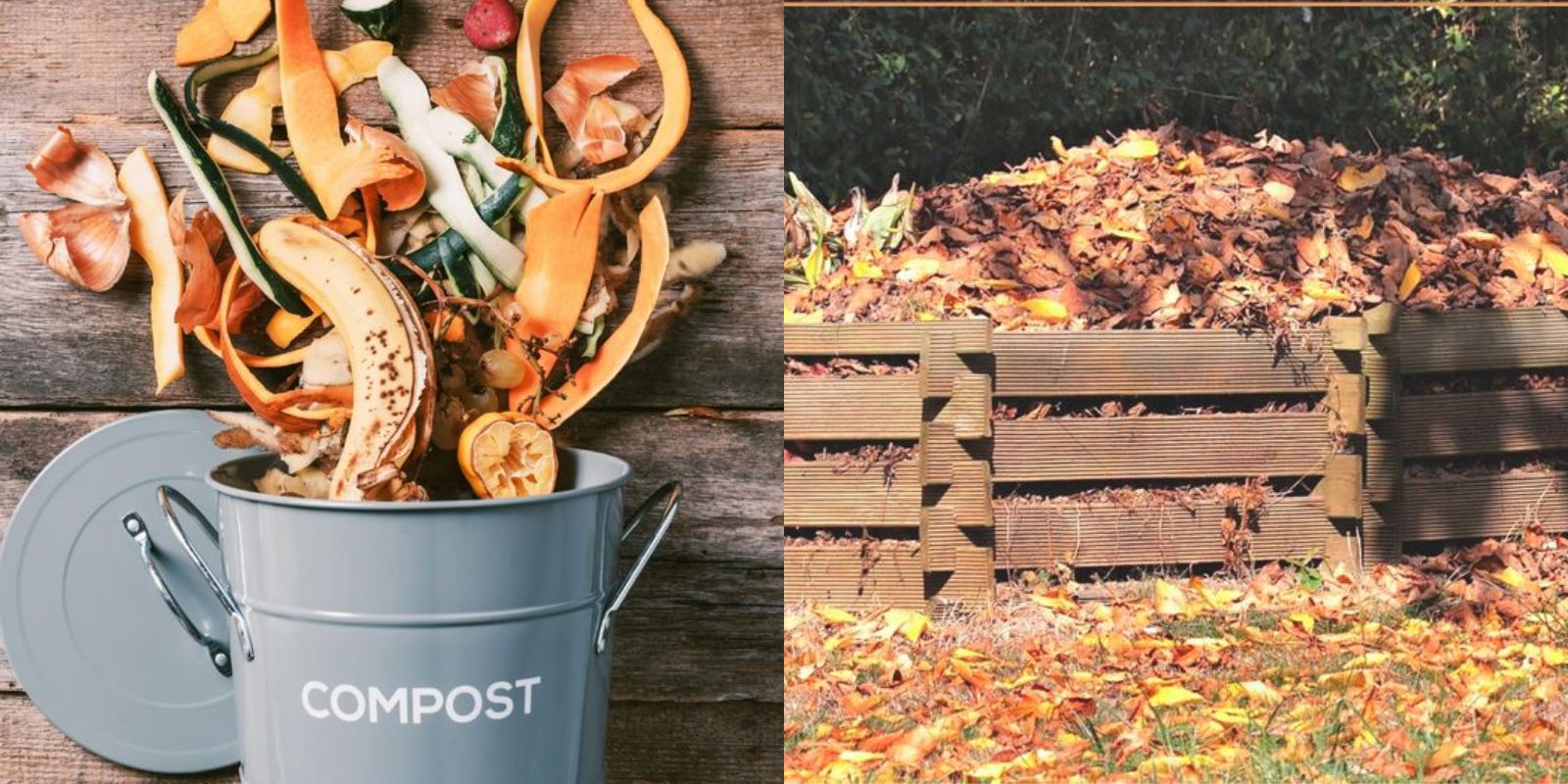Composting is an eco-friendly and effective way to recycle organic waste, enhance soil health, and reduce your environmental footprint. Whether you’re a seasoned gardener or a beginner looking to make a positive impact, composting is a rewarding practice. This comprehensive guide will walk you through the essential steps to start composting and turn your kitchen scraps and yard waste into nutrient-rich compost.
What is Composting?
Composting is the process of breaking down organic materials into a rich, dark substance known as compost. This process is facilitated by microorganisms, fungi, and insects that decompose the organic matter. The end result is a valuable resource that can improve soil structure, provide essential nutrients, and support healthy plant growth.
Why Compost?
- Reduces Waste: Composting diverts organic waste from landfills, where it would otherwise contribute to methane emissions.
- Enriches Soil: Compost adds organic matter to the soil, enhancing its structure, fertility, and water-holding capacity.
- Saves Money: Homemade compost reduces the need for chemical fertilizers and soil conditioners.
- Supports Plant Health: Compost provides essential nutrients that help plants grow stronger and more resilient.
Steps to Make Compost
1. Choose a Compost Bin or Pile
Selecting the right composting setup is the first step. You can choose between a compost bin, a compost tumbler, or simply create a compost pile in your garden.
- Compost Bin: A bin is a contained system that helps manage composting materials. Options include plastic bins, wooden bins, or wire mesh bins.
- Compost Tumbler: This is a rotating bin that makes it easier to turn and aerate the compost.
- Compost Pile: If you have ample space, a simple compost pile on the ground is an option.
Choose based on your available space, budget, and gardening needs.
2. Gather Materials
To create a healthy compost, you’ll need two main types of materials: greens and browns.
- Green Materials: These are nitrogen-rich and include vegetable scraps, fruit peels, coffee grounds, tea bags, and grass clippings.
- Brown Materials: These are carbon-rich and include dry leaves, straw, cardboard, paper, and small branches.
Aim for a balanced mix of greens and browns to provide the right nutrients for microorganisms.
3. Layer the Materials
Building your compost pile or bin involves layering materials to ensure good aeration and decomposition.
- Base Layer: Start with a layer of coarse brown materials like small branches or straw. This promotes airflow and drainage.
- Add Greens and Browns: Alternate layers of green and brown materials, aiming for a ratio of approximately 1 part green to 2 parts brown.
- Top Layer: Finish with a layer of brown materials. This helps reduce odors and keep the composting process tidy.
Ensure each layer is moist but not soggy. The ideal moisture level is similar to a wrung-out sponge.
4. Maintain Moisture
Proper moisture is crucial for effective composting. Too much moisture can lead to anaerobic conditions, while too little can slow down the decomposition process.
- Check Moisture Regularly: If the compost feels too dry, add water. If it’s too wet, mix in additional brown materials to absorb excess moisture.
- Covering: Use a lid or cover to protect the compost from heavy rain and extreme temperatures.
5. Turn the Pile
Aeration is essential for speeding up decomposition and preventing odors.
- Turning Frequency: Use a pitchfork or shovel to turn the compost every 2-4 weeks. This introduces oxygen, which helps microorganisms break down the materials.
- Mix Well: Turn the compost thoroughly, mixing different layers and ensuring that all materials are exposed to air.
6. Harvest the Compost
Composting takes time, but with patience, you’ll end up with rich, dark compost.
- Signs of Maturity: Compost is ready when it’s dark brown, crumbly, and has an earthy smell. The original materials should be unrecognizable.
- Harvesting: Use a sieve or screen to separate finished compost from any remaining larger pieces. The finished compost can be used immediately or stored for future use.
Troubleshooting Common Issues
1. Odors
- Cause: Foul odors usually indicate that the compost is too wet or has too many green materials.
- Solution: Add more brown materials to absorb excess moisture and turn the pile to improve aeration.
2. Pests
- Cause: Compost can attract pests if it’s not properly managed.
- Solution: Avoid adding meat, dairy, or oily foods. Use a lidded bin or cover to deter pests.
3. Slow Decomposition
- Cause: Slow decomposition can result from an imbalance of materials, insufficient moisture, or lack of aeration.
- Solution: Ensure a proper balance of greens and browns, maintain adequate moisture, and turn the pile regularly.
Conclusion
Composting is a simple yet impactful way to contribute to environmental sustainability while enhancing your garden’s health. By following these steps, you can transform organic waste into valuable compost that supports robust plant growth and reduces waste.
Whether you’re new to gardening or looking to improve your green practices, composting is a rewarding activity that offers numerous benefits. Start today, and enjoy the satisfaction of creating your own nutrient-rich compost from kitchen scraps and yard waste! 🌿🌼
Dive into the world of composting and make a difference in your garden and the environment. Start composting now and see the transformation in your garden soil! 🌱♻️

